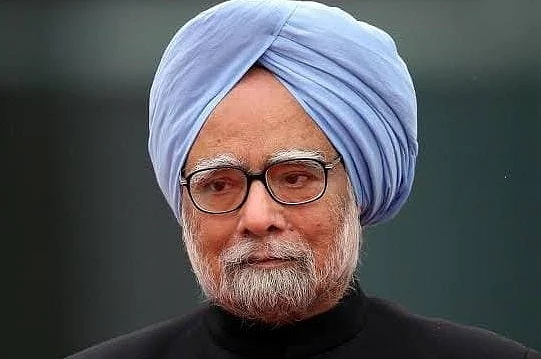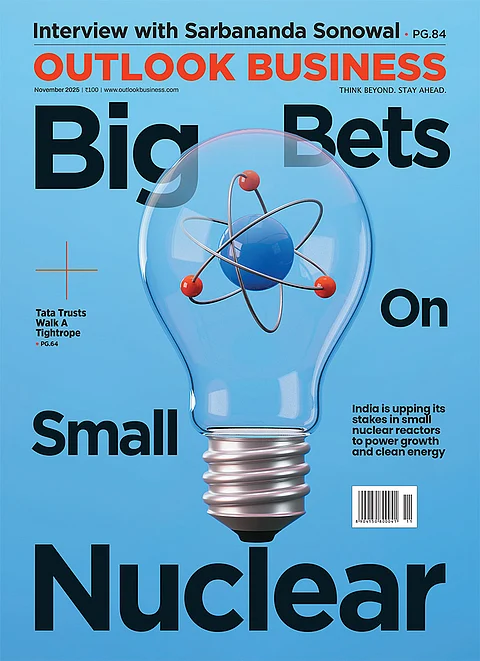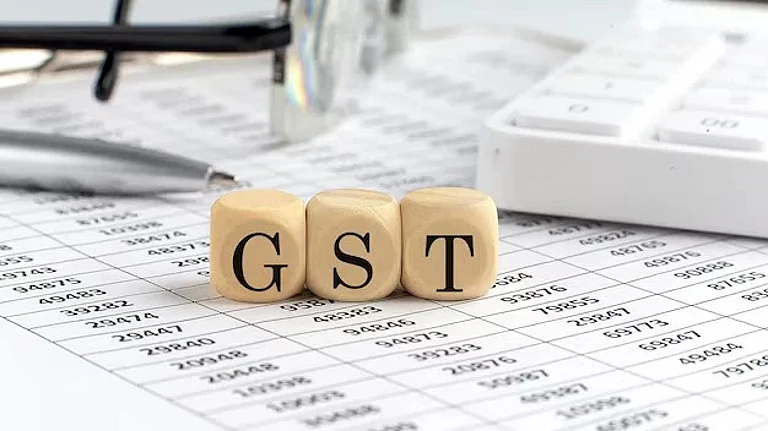Actions speak louder than words. The idiom was one that India’s 13th Prime Minister, Manmohan Singh, embodied in his life and his legacy. Singh passed away on Thursday, December 26, at the All India Institute of Medical Sciences (AIIMS) in Delhi. He was 92.
Known for his humility, intellect and quiet resolve, he leaves behind a formidable legacy—one that contains the story of India’s economic rebirth. News of the former prime minister’s passing was shared in a post on X by the entrepreneur Robert Vadra. “You will always be remembered for your economic revolution and progressive changes you brought to the country,” Vadra wrote.
Born on September 26, 1932, in Gah village in West Punjab (now in Pakistan), Manmohan Singh fled to Amritsar at the age of 15 with his family during Partition. After obtaining degrees in economics from Panjab University, he studied at Cambridge University and then went to Oxford, where he specialised in India’s trade policies for his DPhil. The groundwork for an illustrious career in policymaking was laid.
The Reformer
After teaching economics at Panjab University, the economist went on to work for the United Nations (UN) before serving as the chief economic advisor and secretary in the finance ministry and subsequently as the 15th governor of the Reserve Bank of India (RBI). But the seasoned economist’s moment of reckoning was yet to come.
In 1991, India was on the brink of financial collapse. Manmohan Singh was the finance minister in PV Narasimha Rao’s government, facing one of India’s gravest economic crises. The country’s foreign reserves were barely enough to last a couple of weeks of imports and the fiscal deficit was soaring. It was under these circumstances that Singh introduced what would come to be regarded as the most transformative economic reforms independent India had seen. Through ‘liberalisation, privatisation and globalisation’, or LPG reforms, the trade economist dismantled the ‘licence Raj’ and opened up the economy to global trade and investment.
Presenting the Budget in Parliament in 1991, he famously quoted from Victor Hugo’s The Future of Man, “No power on earth can stop an idea whose time has come,” signalling the start of a new era for India.
Singh's vision proved prophetic. The reforms, initially met with skepticism and criticism, propelled India onto a trajectory of sustained economic growth. Economists attribute today’s thriving industries, the information technology (IT) revolution and the rise of a burgeoning middle class to the landmark reforms of 1991. Millions were lifted out of poverty, they say, and India’s integration into the global economy became a blueprint for emerging nations.
But reflecting on 30 years of transformative reforms, Manmohan Singh would say, “As a nation we must remember Robert Frost’s poem, ‘But I have promises to keep and miles to go before I sleep.’” His journey of shaping India was far from over.
From Growth to Governance
Between 1998 and 2004, Singh served as the leader of the opposition in the Rajya Sabha. In 2004, when the Congress-led United Progressive Alliance (UPA) came to power, its chairperson, Sonia Gandhi, unexpectedly relinquished the post of prime minister to Singh. The party entrusted the economist to govern the growth he had orchestrated over a decade ago.
Singh’s tenure, spanning two terms until 2014, was marked by a mix of economic growth and political challenges. India’s gross domestic product (GDP) growth reached record-high levels on the back of booming exports and the country’s global influence grew significantly. India, under his leadership, also weathered the 2008 global financial crisis relatively unscathed. The reformist who opened India to the world over a decade ago tried to develop the country into a global power under what many termed his “accidental” leadership.
Yet these victories did not save his tenure from controversies, particularly during his second term. Allegations of corruption, including the infamous 2G spectrum and coal block allocation scandals, did not just tarnish the UPA’s image but also overshadowed Singh’s achievements. But as the nation moves forward, both his supporters and critics today increasingly acknowledge the impact of his contributions, remembering him as India’s silent architect.
In a post on X, the current Finance Minister Nirmala Sitharaman of the Bharatiya Janata Party (BJP) remembers Singh as “soft-spoken and gentle”. It is true that Singh’s style of leadership was a stark contrast to the bluster of contemporary politics. This is why even as political controversies raged around him, his personal integrity remained unquestioned even by those who opposed him.
Singh’s academic background and humility may have made him seem an unlikely fit for the tumult of Indian politics. But his ability to navigate complex challenges with grace and dignity spoke of the capabilities of the man who had held several distinguished policy offices of the country.
Manmohan Singh is survived by his wife Gursharan Kaur, their three daughters and a nation that owes much of its second life to his policies.






























